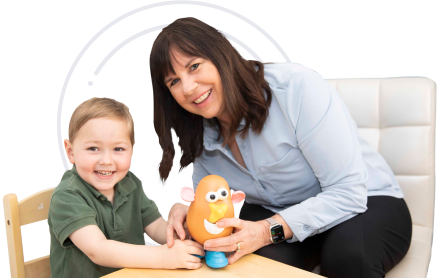When it comes to autism, early intervention can be life-changing—and no one knows that better than Rachel Freedman, a Board Certified Behavior Analyst (BCBA), special education administrator, and mom.
In this powerful interview, Rachel shares how her professional background and parental instincts helped her recognize the earliest signs of autism in her son Max, who was officially diagnosed at just 13 months old. By acting quickly and accessing early intervention services during the most critical window of brain development, Rachel was able to help Max go from being nonverbal to telling stories, singing songs, and thriving in preschool—all before his fourth birthday.
Her story is a testament to the power of early intervention for autism, informed advocacy, and hope.




